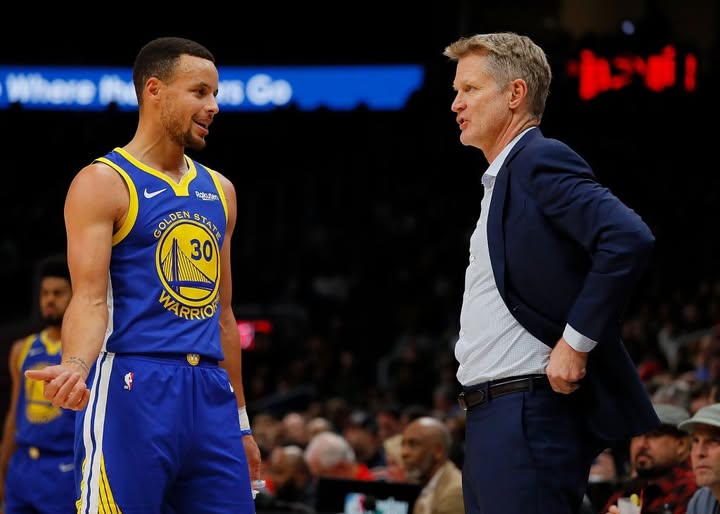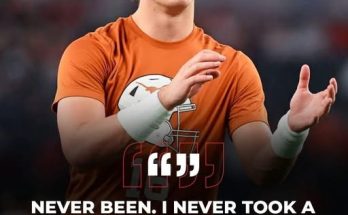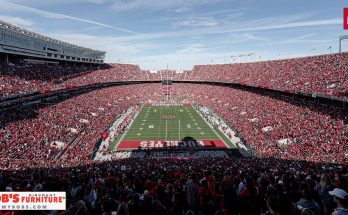In the ever-evolving drama of NBA stardom, few stories captivate like the mere possibility of pairing two of the greatest players in basketball history: LeBron James and Stephen Curry. The idea alone feels almost mythical, like combining fire and ice, old school dominance and modern revolution. Yet according to ESPN’s Brian Windhorst and Ramona Shelburne, the Golden State Warriors recently revisited the concept of teaming up the two legends after a failed attempt in 2023. While the talks may not have yielded immediate action, the very fact that such discussions have resurfaced sends ripples throughout the NBA landscape, reminding fans and insiders alike that the arms race in today’s league never truly sleeps.
The initial pursuit of LeBron James by the Warriors came at a pivotal time. Golden State, while still clinging to the core of its dynasty—Stephen Curry, Klay Thompson, and Draymond Green—was clearly approaching a crossroads. Injuries, aging stars, and roster inconsistencies had stripped the Warriors of their invincible sheen, and despite flashes of brilliance, their title window appeared to be narrowing. Meanwhile, LeBron James was weathering a similar twilight in Los Angeles. Though still remarkably productive and arguably the most physically gifted 39-year-old the sport has ever seen, his Lakers had battled inconsistency, internal flux, and an increasingly competitive Western Conference. The fusion of Curry and LeBron—two forces who had defined an entire NBA era—was an audacious solution to a mutual problem: how to squeeze one last championship run out of a pair of aging, but still elite, superstars.
In 2023, when the Warriors first made their attempt to land LeBron, the effort was mostly speculative, more of a feeler than a serious negotiation. The Lakers, despite their own issues, had no appetite to trade their marquee player. LeBron’s own messaging at the time was also ambiguous; he hinted at potential interest in playing elsewhere but didn’t force any movement. That summer came and went with nothing materializing. But now, in the summer of 2025, the Warriors have reportedly circled back. This time, the context feels slightly different. The Lakers are again in a murky spot, having failed to capitalize on the final years of LeBron’s prime. Golden State, too, has seen its once-glittering future dimmed by the departure of Klay Thompson and the inability of younger players to develop into dependable successors.
What’s perhaps most tantalizing—and equally terrifying for rival franchises—is imagining the basketball chemistry that LeBron and Curry could generate if ever united on the same roster. Theirs is a relationship forged in competition and mutual respect. They’ve met in the Finals four times, shared the court in All-Star Games, and complimented each other’s legacies in countless interviews. On paper, their skill sets are staggeringly complementary. LeBron, with his size, court vision, and downhill attacking style, would thrive alongside Curry’s peerless shooting gravity. The defensive attention Curry commands on the perimeter could open wide driving lanes for James, while LeBron’s ability to collapse defenses and deliver pinpoint passes would give Curry even more catch-and-shoot opportunities.
It’s rare in basketball for two transcendent players to actually make each other better instead of simply coexisting. But LeBron and Curry have the rare potential to amplify each other’s strengths in a way that could overwhelm even the league’s most well-constructed teams. Beyond Xs and Os, though, there’s a psychological angle worth exploring. Both players have defined their eras not just by talent, but by identity. LeBron is the calculated juggernaut, a student of the game who dominates with physical force and surgical intelligence. Curry is the disruptor, the underdog-turned-icon who changed the geometry of the court with a flick of the wrist. For years, their rivalry framed the league’s central narrative. Joining forces would reframe that story in astonishing ways—less a continuation of old wars and more a unifying of historic greatness.
Of course, the logistics of such a union are a minefield. LeBron has a player option for the 2025–26 season, which gives him control over his future but limits other teams’ leverage. The Warriors, already weighed down by massive luxury tax bills and with their own payroll dilemmas, would have to do significant financial maneuvering. Trading assets, restructuring contracts, and perhaps even parting with one of their own longtime stars like Draymond Green or Andrew Wiggins might be necessary to make room for LeBron. That raises questions not just about feasibility, but about identity. Would bringing in James compromise the Warriors’ “Strength in Numbers” culture? Would LeBron be willing to take a backseat, at times, to Curry’s leadership in a system built around spacing, motion, and freedom?
There’s also the matter of legacy. For LeBron, joining Curry’s team in the twilight of his career might feel like surrendering a degree of control he’s always cherished. He has long been the architect of his own teams, dictating pace, flow, and roster structure. With the Warriors, he would step into a machine with a well-oiled engine—one designed around someone else’s rhythm. Yet, it might be exactly what he needs. A lessened burden, the chance to preserve his body while still competing for titles, and the opportunity to go out on top. For Curry, welcoming LeBron would mean sharing the spotlight in a way he hasn’t done since Kevin Durant left. But Curry’s leadership has always been understated, ego-less, and focused on winning above all. If any superstar could harmonize with LeBron’s larger-than-life presence, it’s probably Steph.
What also makes the story resonate is the emotional weight it carries. This is not merely about building a superteam. This is about legacy insurance. LeBron has four rings. Curry has four. Each sits among the top ten, perhaps top five, players of all time. Another championship—especially one earned together—would elevate their legacies in unique ways. For LeBron, it would mark triumph in yet another context, further reinforcing his case as the most adaptable, enduring star the game has ever seen. For Curry, it would solidify his status as more than just the shooter who changed the game; it would confirm his ability to lead and evolve in multiple dynasties.
Still, there are unignorable risks. Combining two aging stars doesn’t guarantee success. The NBA is not the 2010s anymore. Youth, length, and two-way versatility define contenders like the Boston Celtics, Oklahoma City Thunder, and Minnesota Timberwolves. A team led by LeBron and Curry would be devastatingly smart and skilled, but would it have the legs to withstand an 82-game season and the grind of a playoff gauntlet? Health has become a growing concern for both icons. The margin for error would be slim.
There’s also a broader cultural question about superteams in today’s NBA. In the post-Warriors KD era, there’s been a perceptible fatigue among fans when it comes to overwhelming star pairings. The league has swung back toward parity, with multiple franchises believing they can win it all. Would a LeBron-Curry alliance be embraced, or would it be seen as an unfair distortion of competition? Ironically, both players are partially responsible for ushering in the superteam era—LeBron with Miami, Curry with KD—so perhaps this would be a fitting final chapter, a kind of full-circle reunion of the philosophy they helped birth.
The Warriors’ rekindled interest in LeBron James, even if nothing materializes, reveals a team that refuses to accept the fading of its dynasty without a fight. Golden State’s front office, led by Mike Dunleavy Jr., appears willing to take moonshots to preserve relevance. Whether out of desperation or inspiration, pursuing LeBron is an acknowledgement that greatness, even if expensive and logistically thorny, is worth chasing. Meanwhile, for LeBron, the idea of joining the Warriors might be the ultimate nod to respect—respect for Curry, for the Bay Area’s culture of unselfish basketball, and for a franchise that has proven how to win consistently.
In the end, basketball is a narrative sport as much as a competitive one. It thrives on rivalries, reunions, and reinvention. LeBron James and Stephen Curry on the same team might sound like fantasy basketball, but in today’s NBA, where stars wield unprecedented power and franchises gamble with bolder stakes, it’s no longer unthinkable. Whether it happens or not, the fact that it could—and that both sides reportedly considered it—is enough to capture imaginations. It’s a reminder that in a league driven by icons, the next seismic moment is always just one phone call away.


